Journey To America
International Nursing And Physical Therapy

Personalized Career Support from Initial Inquiry to Arrival in the United States
From the time of your first inquiry, you’ll be matched with one of our professional nurse navigators who will assist you with everything, from your application to your arrival in the United States.
Nurse Navigators use their extensive experience to assist you in all the process that leads to your new career opportunity.
All communication between you and immigration lawyers, POEA, credentialing, and certification teams is done with your Nurse Navigator to ensure an easy to understand process, and ensures that you meet important deadlines.
Arriving In The United States
After your arrival in the United States, your personal Nurse Navigator will remain in contact to guide your smooth transition into the US work culture and simplify the acquisition of the basic needs such as housing, bank accounts and transportation.
They’ll also set-up and train you on the use of our proprietary digital communication network connecting you with your Career Guide, your employer, and other groups like professional organizations that offer its members mentorship, leadership development, and educational programs essential for professional advancement.

How it all began
The Philippine Connection
1- Early Foundations
Shortly after the Philippines became a U.S. colony in 1898, the U.S. implemented American nursing programs in the Southeast Asian islands.
The Americanized curriculum and standards were taught in English and inadvertently prepared them to easily qualify to work in the U.S.
2- Cultural Exchange and Cold War Strategy
Then In 1948, just two years after the Philippines gained their independence, the United States in an effort to combat communist propaganda during the Cold War, created the Visitor Exchange Program.
The program encouraged exchange visitors from all countries to come to the U.S. to work and study for two years while learning about American culture and democracy.
3- Post-War Solutions
Coming out of WW II, there was a critical shortage of nurses and hospitals began advertising and offering incentives for Filipino nurses to work in the U. S.
In the ensuing years, many Filipino nurses, already trained in American-style nursing, came to the United States through the Exchange Program.
4- A New Era of Immigration
In 1965, the Immigration and Nationality Act was passed which allowed a larger number of Filipino citizens to migrate to the U.S. and more and more nurses found their way to America.
5- Modern Dynamics
Today, the Philippines are the leading exporter of professional nurses providing the U. S. with nearly one-third of all foreign-born nurses.
It is estimated that since the mid 1960’s, that there have been over 150,00 Filipino nurses who have migrated to the U.S.
6- Cultural and Professional Exchange
What began as a way to spread American culture to the Philippines has not only become a remedy for the critical shortage of professional nurses in the U.S. but has also brought Filipino culture to the U. S.


